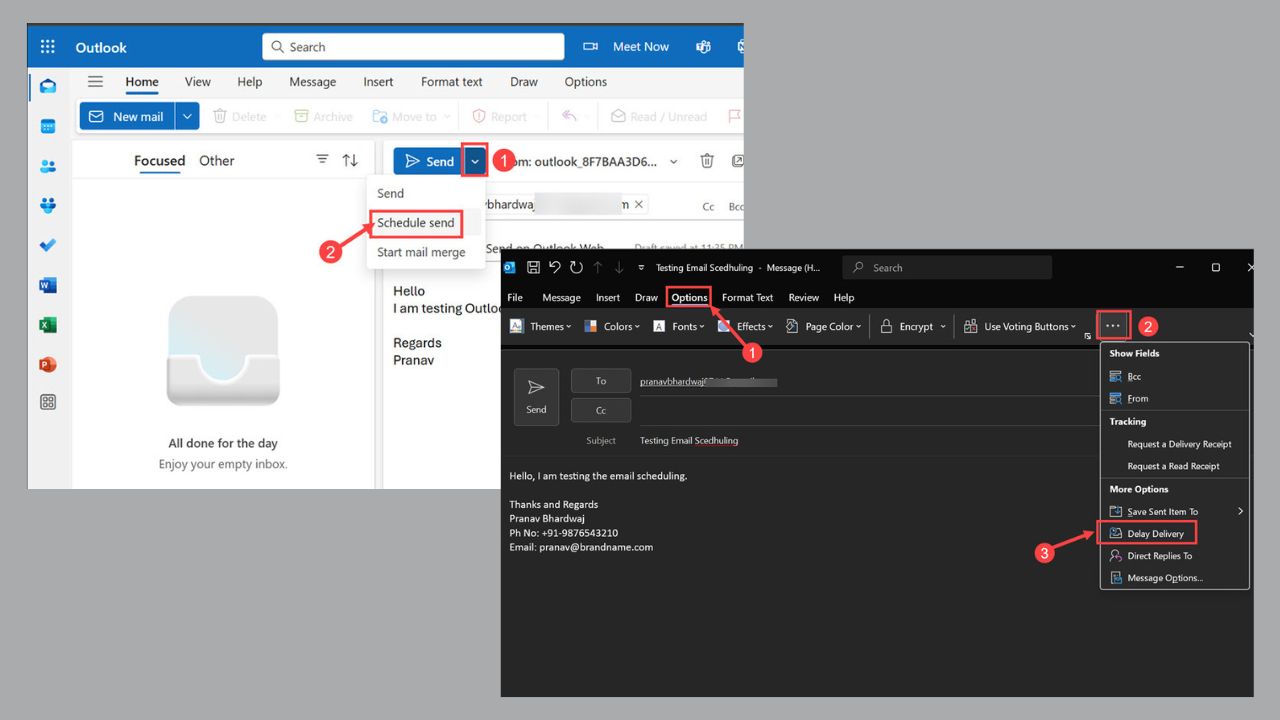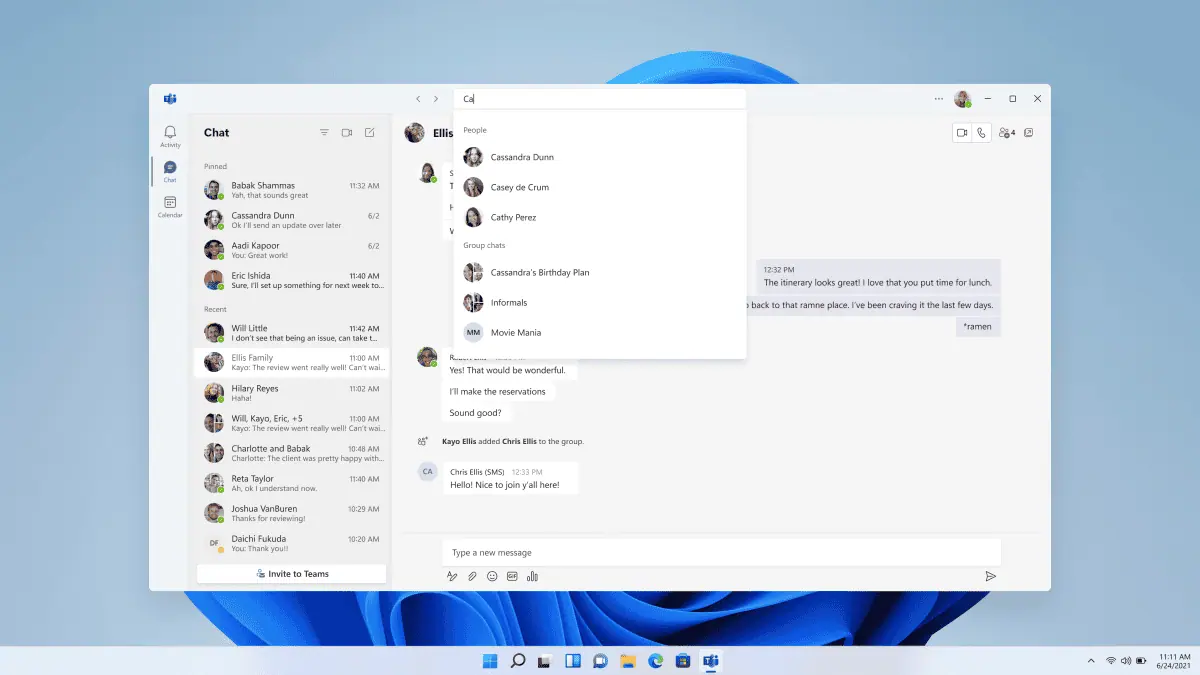Microsoft announces largest wind energy purchase to date
4 min. read
Published on
Read our disclosure page to find out how can you help MSPoweruser sustain the editorial team Read more

On Monday, Microsoft Corp. announced its largest purchase of wind energy to date with the signing of two agreements. Combined, these agreements represent 237 megawatts of wind energy, which brings Microsoft’s total investment in wind energy projects in the U.S. to more than 500 megawatts.
“Microsoft is committed to building a responsible cloud, and these agreements represent progress toward our goal of improving the energy mix at our datacenters,” said Brad Smith, president and chief legal officer at Microsoft. “Our commitment extends beyond greening our own operations because these projects help create a greener, more reliable grid in the communities in which we operate.”
Microsoft has contracted with Allianz Risk Transfer (ART) to fix its long-term energy costs and purchase the environmental attributes connected with the new, 178-megawatt Bloom Wind project in Kansas. The project is the first to use a novel structure developed by ART and designed to offset high upfront costs associated with the creation of large-scale wind projects. Microsoft is the first buyer to participate in this structure, which has the potential to bring clean energy projects online at a faster pace.
“It is important for investors in renewable energy projects to secure long-term, stable revenues, and our structure does just that,” said Karsten Berlage, managing director of ART. “We are thrilled to be partnering with Microsoft on this groundbreaking project.”
In addition, Microsoft has contracted with Black Hills Corp. subsidiary Black Hills Energy, under a long-term agreement, to purchase 59 megawatts of renewable energy certificates from the Happy Jack and Silver Sage wind projects, which are adjacent to Microsoft’s Cheyenne, Wyoming, datacenter. The combined output of the Bloom and Happy Jack/Silver Sage projects will produce enough energy on an annual basis to cover the annual energy used at the datacenter.
“Our longstanding partnership with Microsoft productively led to this landmark collaboration. This collaboration provided them the opportunity to utilize significantly more renewable energy while still ensuring the reliability they’ve come to expect through our energy infrastructure and generation resources,” said David R. Emery, chairman and CEO of Black Hills Corp. “We are proud to be a strong supporter and partner in their mission to power their datacenters with increased renewable energy resources, and look forward to our continued collaboration in the years ahead.”
Microsoft and Black Hills Energy also worked together to create a new tariff, available to all eligible customers, that allows the utility to tap the local datacenter’s backup generators, thereby eliminating the need for Black Hills Energy to construct a new power plant. The tariff received approval from the Wyoming Public Service Commission in July.
“We are constantly looking for new ways to approach energy challenges and avenues of engagement with our utility partners,” said Christian Belady, general manager of cloud infrastructure strategy and architecture at Microsoft. “The team worked closely with ART to come up with a completely new model to enable faster adoption of renewables. Likewise, the tight engagement with Black Hills created the opportunity for Microsoft’s datacenter to become an asset for the local grid, maintaining reliability and reducing costs for ratepayers. This kind of deep collaboration with utilities has great potential to accelerate the pace of clean energy, benefitting all customers — not just Microsoft.”
These are Microsoft’s third and fourth wind energy agreements, joining the 175-megawatt Pilot Hill wind project in Illinois and 110-megawatt Keechi wind project in Texas. In March, Microsoft also signed an agreement with the Commonwealth of Virginia and Dominion Energy Inc. to bring 20 megawatts of solar energy onto the grid in Virginia. These projects are in addition to the renewable and carbon-free energy Microsoft purchases from the grid mix in the markets in which it operates.
More information about this announcement is in the Microsoft on the Issues blog post by Microsoft President and Chief Legal Officer Brad Smith.










User forum
0 messages